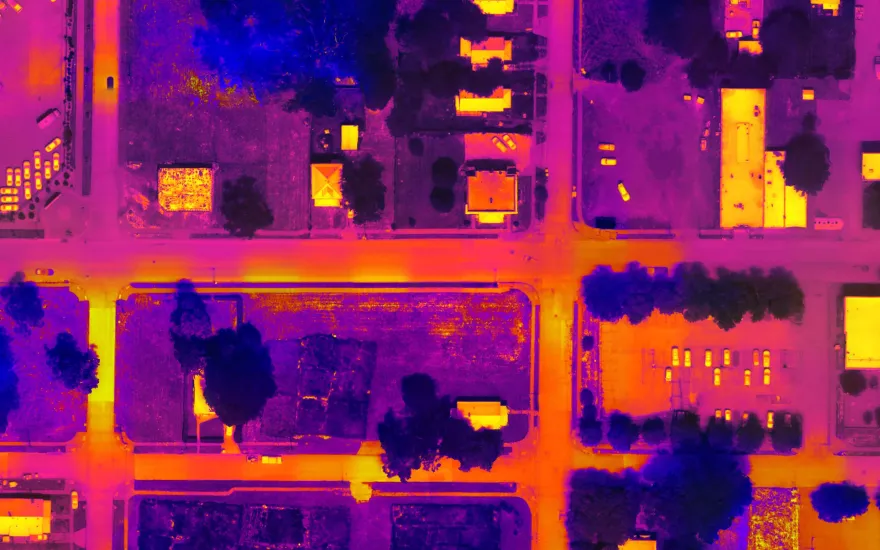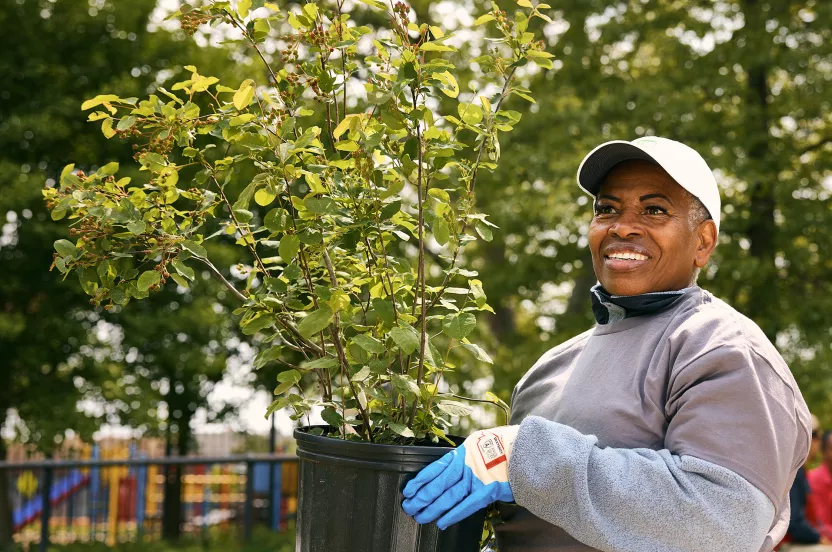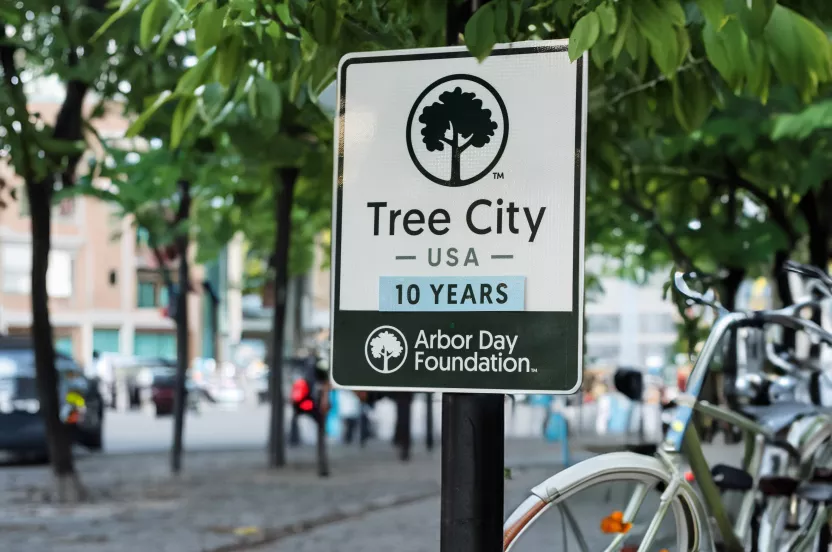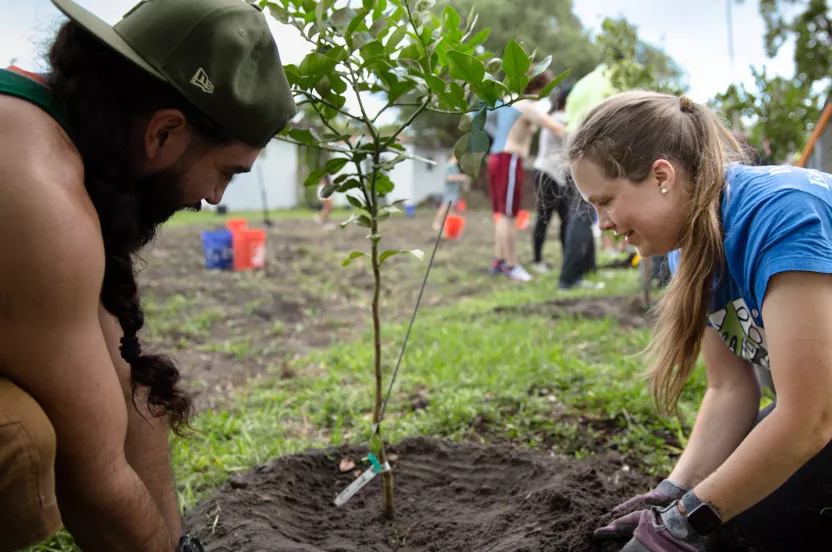Give before midnight on July 31 to double your impact where trees need us most. CHOOSE A PROJECT
Campaign
It’s Hot.
Trees Can Help.
Summers are getting more intense. The good news? Trees can cool streets up to 10°F, making hot days safer and more bearable from coast to coast.
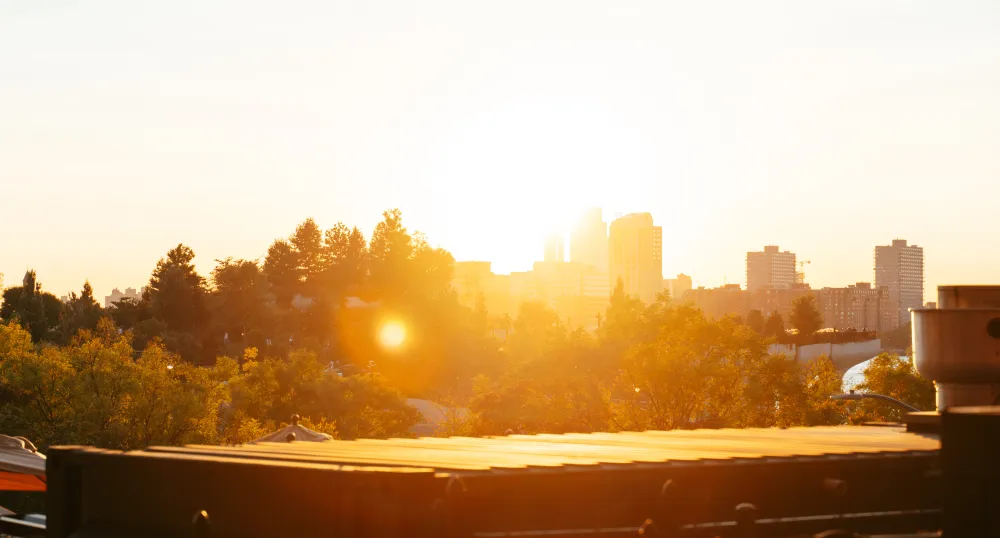
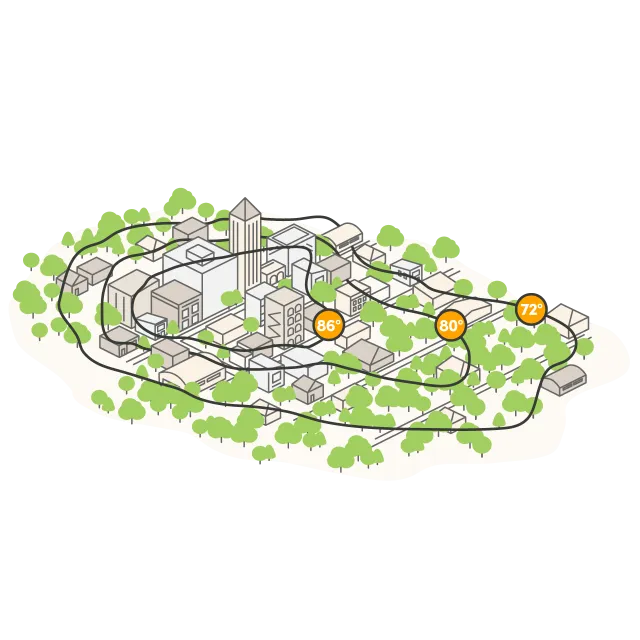
How heat islands happen
Sun-drenched cities with dense buildings and pavement and sparce greenery can be up to 10°F hotter than surrounding areas. You can feel this phenomenon, known as an urban heat island, when you step out of a shaded park onto a hot, treeless street.
Heat islands can be more than uncomfortable; they can increase the risk of heat exhaustion, dehydration, and put a strain on a city’s power grid. Luckily, trees can help cool things down.
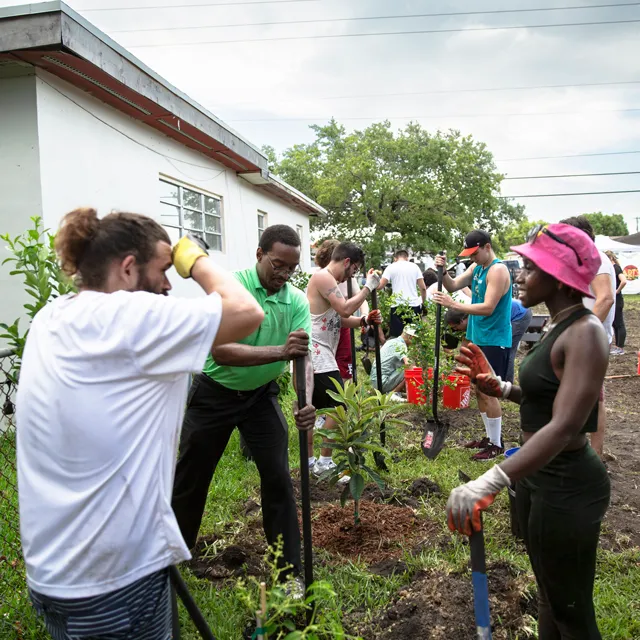
Can’t stand the heat?
Plant a tree.
Trees are one of the most affordable and effective tools to cool our cities and towns. A major factor in a street’s temperature is the health of its tree canopy. The cooling power of a healthy canopy can be especially important for people who spend a lot of time outside, rely on public transportation, or don’t have air conditioning.
The link between leaves and relief
In this image, you can see the density of the green dots representing existing trees compared to temperatures (darker red means hotter) on a summer day in the same neighborhoods. It’s a great example of how the presence of trees can cool streets up to 10°F.
Canopy map from treesatwork.org temperature map from heat.gov.
Explore the state of your canopy
This map allows you to explore tree coverage in every census block in the U.S. See the state of tree canopy where you live.
When we plant to help cool streets, we start with mapping like this to identify where trees are needed. Then, we work with local partners to plant alongside the community where trees can do the most good.
Ways we turn down the heat
One third of our tree planting work in cities and towns last year was related to addressing extreme heat. Everyone has a role to play. And our network makes it possible to work in a range of ways to cool our communities.
At-home tree planters
Through our nursery, membership trees, or gifts, we help individuals cool summers from home.
Corporate partnerships
We work with businesses to cool communities by planting and distributing trees to give back and meet their environmental goals.
Cities and campuses
We provide municipalities, campuses, and healthcare facilities with support, and help establish standards to grow their community canopy.
Planting partners
We support community planting organizations by empowering planting events, tree distributions, and tree recovery after natural disasters.
Support work that brings relief
More than oppressive, heat can be downright dangerous. You can empower projects that plant trees, including those that help cool streets by up to 10°F.
How trees beat the heat
Cooling
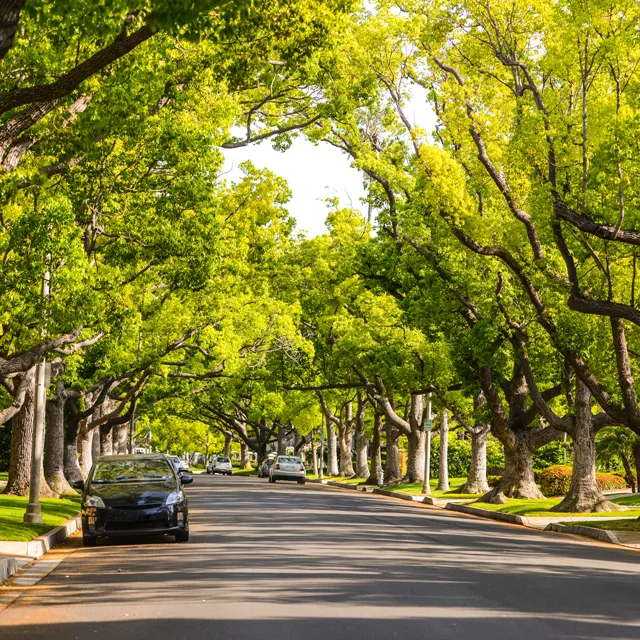
Imagine your street 10°F cooler
Trees turn down the heat. By blocking the sun’s rays from hard surfaces that hold on to heat, urban spaces feel cooler. They also bring relief by releasing water vapor that is then evaporated by heat in the air in a process called evapotranspiration. It cools the air in a similar way that sweat cools your skin.
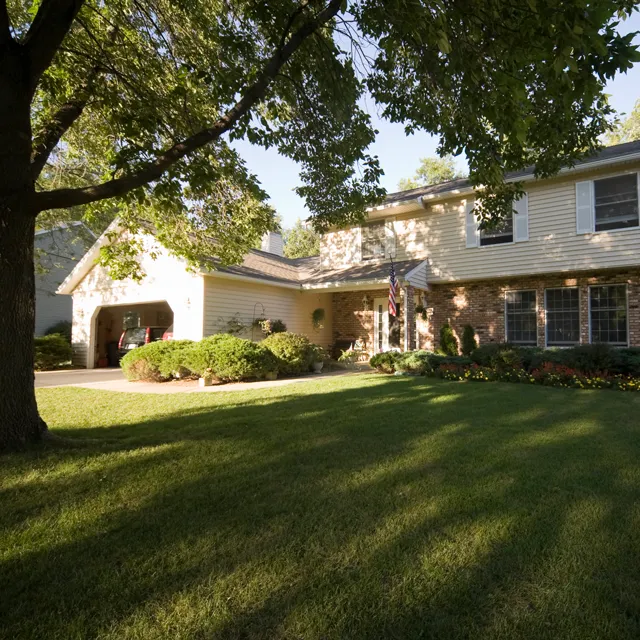
More trees, more energy saving
Trees planted on the west and south sides of a building can help shade many homes from mid-to-late afternoon heat, reducing the pressure on air conditioning. In some cases, shady trees can help reduce air conditioning costs by up to 35%.
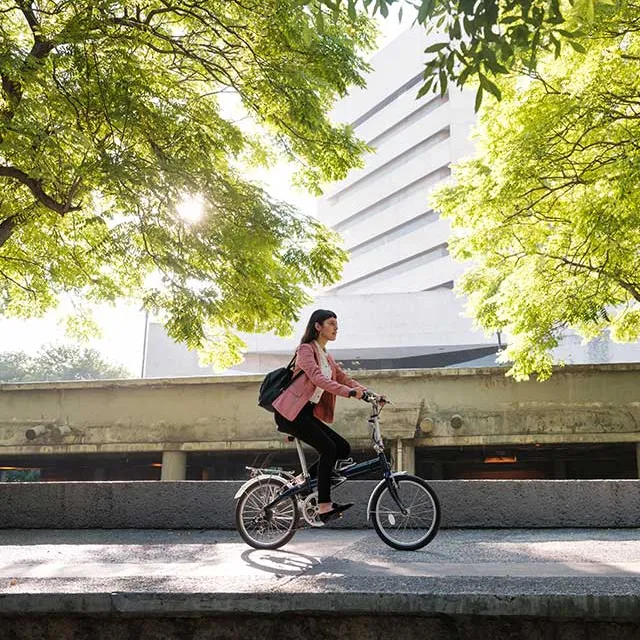
Trees help us breathe easier
When temperatures rise, levels of pollution can too. This is especially felt in urban heat islands, where air quality can be lower than surrounding areas. Trees play an important role here in providing oxygen and absorbing pollutants that can exacerbate heat.
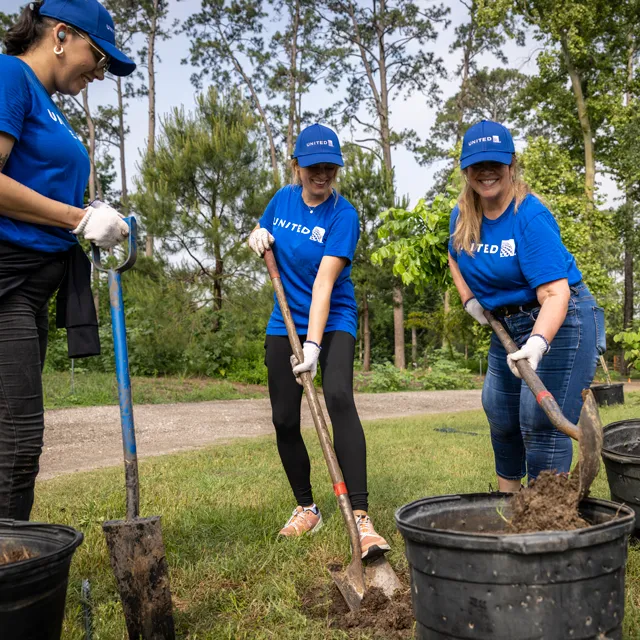
Corporations cooling communities
Corporate partners that invest in community planting projects are a vital way this work happens at scale. Whether through distributions or planting projects, trees are one of the most effective and affordable ways to mitigate heat. We work with organizations to restore critical canopy.
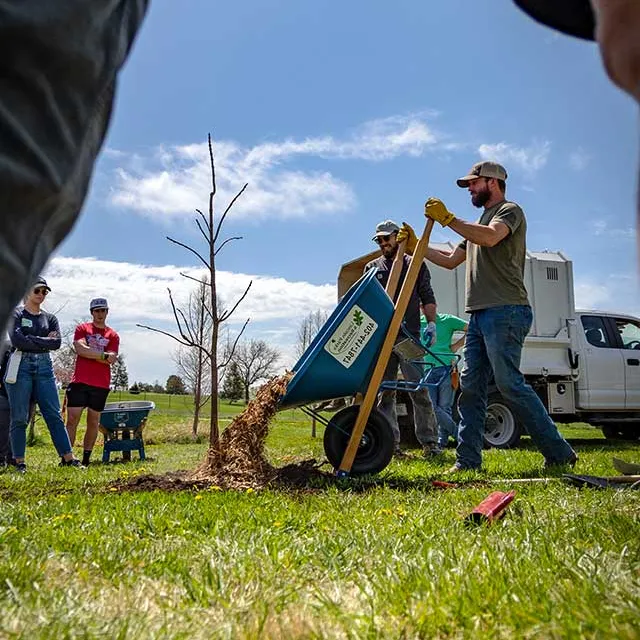
Urban heat? Meet our network of planters.
A combination of data and mapping helps us understand where trees can make the biggest difference. We team up with our network of on-the-ground planting partners and lean on their local knowledge to guide the right trees to the right places.
You can bring relief to streets
We need your help to make planting projects that cool communities happen. You can help give neighborhoods and forests trees they need to thrive.
Bring shade to your streets
Corporate support for heat relief
Let’s talk about how trees can be tools to boost community resilience where you operate and beyond.
